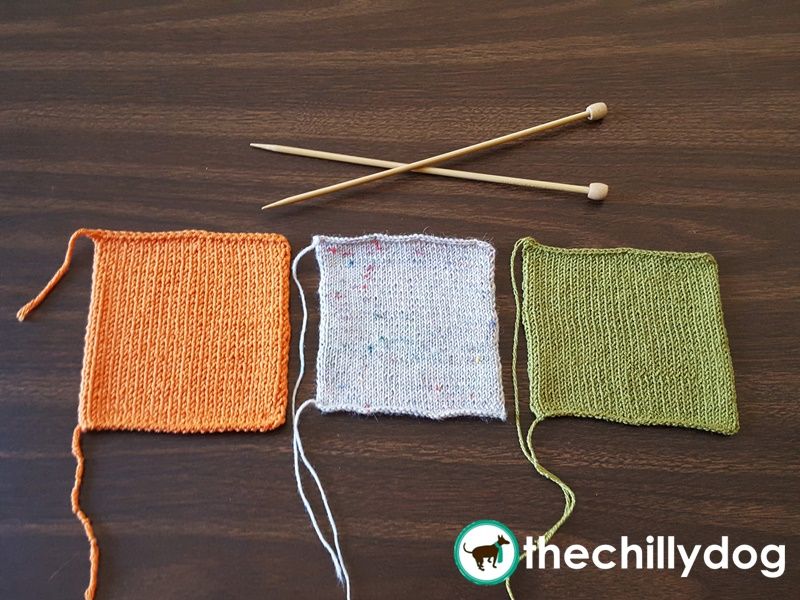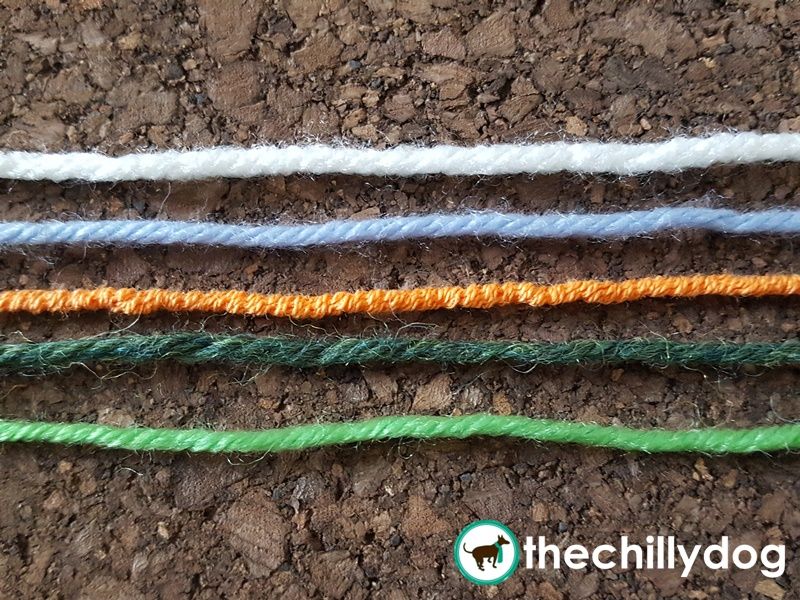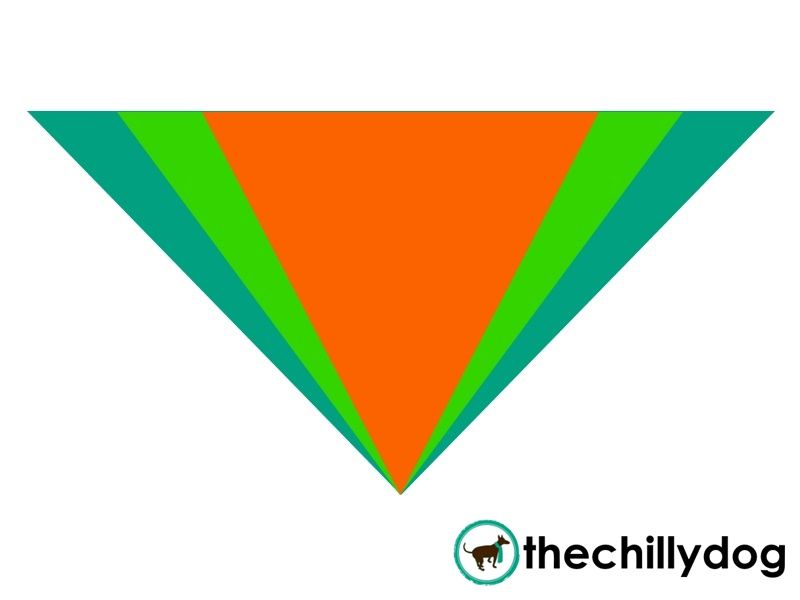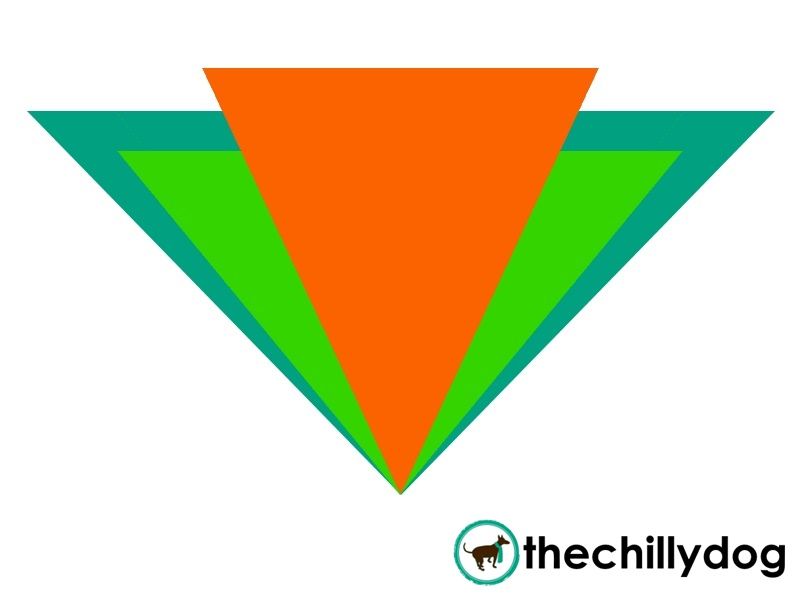3 Reasons to Knit a Gauge Swatch

You've seen it in patterns, the phrase "be sure to check your gauge" or "take time to save time and check your gauge". Is it really a big deal to skip the gauge swatch?
When you are deciding if you should take the time to swatch or not, ask yourself these three questions:
- Am I using an "equivalent" yarn?
- Does size matter?
- Is the finished object shaped?
If you answer yes to any of those questions, knit a gauge swatch!
When you are using an “equivalent” yarn
Not all yarns are created equal. Even if two yarns are in the same weight category, their gauge can be noticeably different. This is especially true if you are substituting a yarn that has a different fiber content, for example wool instead of acrylic, because different fibers create fabrics with different characteristics. (Using a different type of fiber than recommended by a designer can cause additional problems with you finished objects, like how an item wears over time, but I'll save that rant for another post.)

If you are substituting a yarn that’s not what the pattern designer recommended, check your gauge to make sure it truly is an equivalent yarn.
When size matters
When you invest the time to knit a piece of specifically sized clothing like socks, mittens, hats or sweaters, you want the piece to fit well. If your gauge is even slightly off, you could end up with a finished object that is too big or too small, making the item un-wearable. It's better to spend an hour or two swatching to help you choose the perfect needle size than months knitting a sweater that's 3 sizes too big.
If you want your finished items to fit perfectly, check your gauge.
When a project is shaped
If a pattern uses any sort of increases or decreases to create a non-rectangular piece of work, gauge impacts the shape of the object, not just the size.


Shaping problems gets even more complicated if you are making something like a sweater. If your project as any sort of shaping, check your gauge.
I'm sure there are still times you'll skip swatching. Me, too! I haven't met a knitter yet that is excited to knit up a gauge swatch, or five. But if you want your finished objects to be perfectly sized and shaped, don't forget the first step. Take the time to check your gauge.
There's more to explore in the Learning Library!
